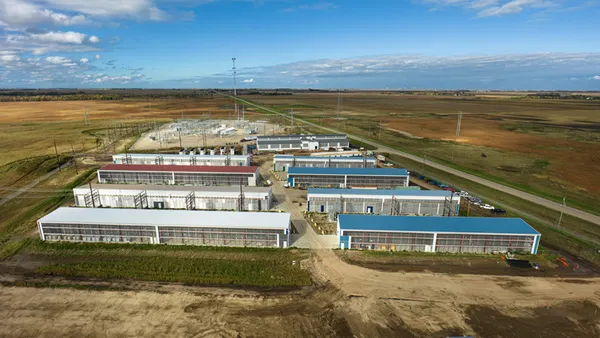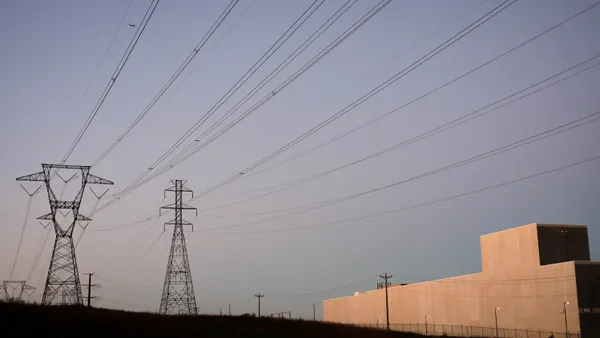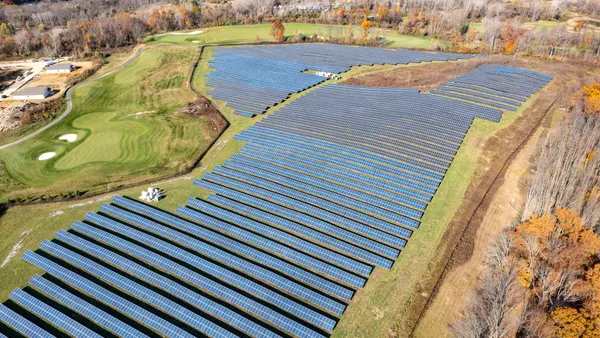Dive Brief:
- The U.S. Court of Appeals for the District of Columbia Circuit has allowed the EPA to move ahead with implementation of its Cross-State Air Pollution Rule (CSAPR) while the Supreme Court takes up final pending issues on the complex plan to control air pollution in 28 Eastern states.
- EPA’s CSAPR, established under the Clean Air Act "good neighbor" provision in 2011, has two steps. The first determines if state A adds over 1% to a neighboring state’s federal-standard-violating pollution level. The second applies complex modeling to impose limits on state A under a federal implementation plan (FIP).
- The Supreme Court upheld many aspects of CSAPR in April, reversing a previous D.C. Circuit ruling in favor of a challenge from electric utilities and states who charged that the FIP should not come ahead of individual state plans.
Dive Insight:
Following the limited 6-2 Supreme Court decision in April, challengers asked the Circuit Court to keep implementation on hold until all details were resolved. EPA asked for permission to proceed, which this decision grants.
EPA is reviewing the Circuit Court decision to see if changes or guidance to the rule are necessary.
Challenges still pending before the Supreme Court include several individual state objections that are scheduled to be heard in March 2015. The most significant challenge may be from Texas, which raised a jurisdictional objection to the EPA rule.
Other challenges to be decided are from several electric utilities and from Alabama, Florida, Georgia, Indiana, Kansas, Louisiana, Michigan, Mississippi, Nebraska, Ohio, Oklahoma and South Carolina.
Phase one of CSAPR is scheduled for 2016. The second and final phase will come in 2017.
The order "is great news for public health," said Environmental Defense Fund’s Vickie Patton.














